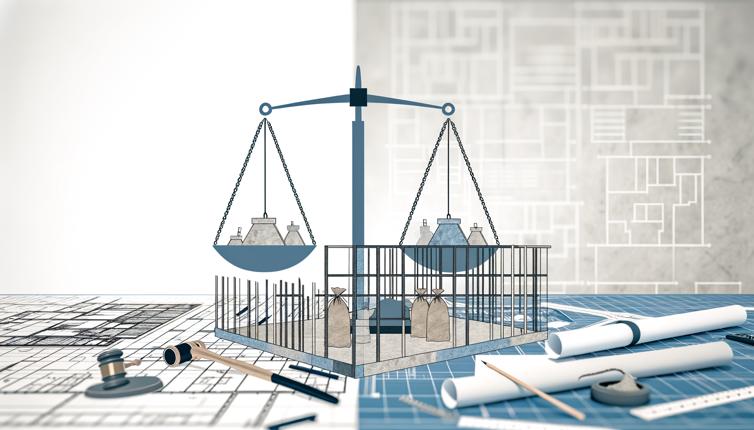Assessing Business Risks
Before selecting commercial insurance coverage, businesses should conduct a thorough assessment of their risks and vulnerabilities. This includes evaluating potential liabilities, property damage risks, cyber threats, and other specific risks related to the industry or business operations.,Identifying and understanding these risks will help determine the types and levels of coverage needed to adequately protect the business.
Types of Commercial Insurance Coverage
There are various types of commercial insurance coverage available, and businesses should consider their specific needs when choosing the right coverage. Some common types of coverage include:,- General Liability Insurance: Provides coverage for bodily injury, property damage, and personal injury claims.,- Property Insurance: Covers damage to property owned by the business, such as buildings, equipment, and inventory.,- Professional Liability Insurance: Also known as Errors and Omissions (E&O) insurance, this coverage is essential for professionals who provide advice or services to clients.,- Workers' Compensation Insurance: Required by law in most states, this coverage provides benefits to employees who suffer work-related injuries or illnesses.,- Cyber Liability Insurance: Protects businesses from data breaches, cyberattacks, and other cyber-related risks.,- Commercial Auto Insurance: Covers vehicles used for business purposes, including liability and physical damage coverage.,- Business Interruption Insurance: Helps cover lost income and expenses when a business is unable to operate due to covered perils.,- Directors and Officers (D&O) Insurance: Provides coverage for the personal liability of directors and officers.,Businesses should carefully evaluate their operations, industry risks, and legal requirements to determine which types of coverage are necessary.
Considerations for Coverage Limits
Determining the appropriate coverage limits is crucial when purchasing commercial insurance. Businesses should consider the potential costs of a claim or liability and ensure that the coverage limits adequately protect their assets. Factors to consider include:,- Industry-specific risks and potential damages,- Legal requirements and minimum coverage limits,- Value of assets and property owned by the business,- Projected revenue and business growth,- Potential for lawsuits or high-value claims,It is important to review and reassess coverage limits periodically to ensure they align with the changing needs and scale of the business.
Conclusion
Navigating the maze of commercial insurance requires careful consideration of essential coverage factors. By assessing business risks, understanding the types of coverage available, and determining appropriate coverage limits, businesses can protect themselves from potential financial losses and liabilities. Working with an experienced insurance advisor or broker can also provide valuable guidance and expertise in selecting the right coverage for specific business needs.









